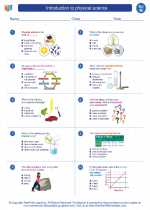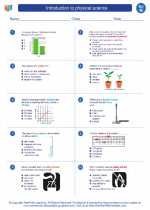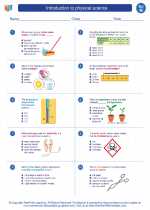Cyclones
A cyclone is a large scale air mass that rotates around a strong center of low atmospheric pressure. Cyclones are characterized by inward spiraling winds that rotate in a counterclockwise direction in the Northern Hemisphere and clockwise direction in the Southern Hemisphere. They can cause severe weather conditions including strong winds, heavy rainfall, and storm surges.
Formation of Cyclones
Cyclones typically form over warm ocean waters when the conditions are right, including a pre-existing weather disturbance, warm ocean temperatures, and low wind shear. As warm air rises from the ocean surface, it creates an area of low pressure below. The surrounding air then rushes in to fill the void, creating the spinning motion of the cyclone.
Types of Cyclones
There are different types of cyclones, including tropical cyclones, extratropical cyclones, and tornadoes. Tropical cyclones, also known as hurricanes or typhoons, are intense circular storms that form over warm ocean waters and are characterized by strong winds and heavy rainfall. Extratropical cyclones, also called mid-latitude cyclones, form outside the tropics and are associated with fronts and horizontal temperature gradients. Tornadoes are small, but intense cyclones that form within severe thunderstorms and are characterized by a rotating column of air.
Impact of Cyclones
Cyclones can have significant impacts on human populations and the environment. They can cause widespread destruction of property, infrastructure, and agriculture, as well as loss of life. Heavy rainfall from cyclones can lead to flooding, while strong winds can cause damage to buildings and power lines. Storm surges, which are large waves driven by the winds of the cyclone, can also lead to coastal flooding and erosion.
Study Guide
- What is a cyclone and how does it form?
- What are the different types of cyclones?
- What are the impacts of cyclones on human populations and the environment?
- How are cyclones named and categorized?
- What are the key differences between tropical cyclones and extratropical cyclones?
Understanding the formation, types, and impacts of cyclones is essential for understanding weather patterns and preparing for severe weather events. Studying cyclones can also help us develop strategies for mitigating the impacts of these powerful storms.





